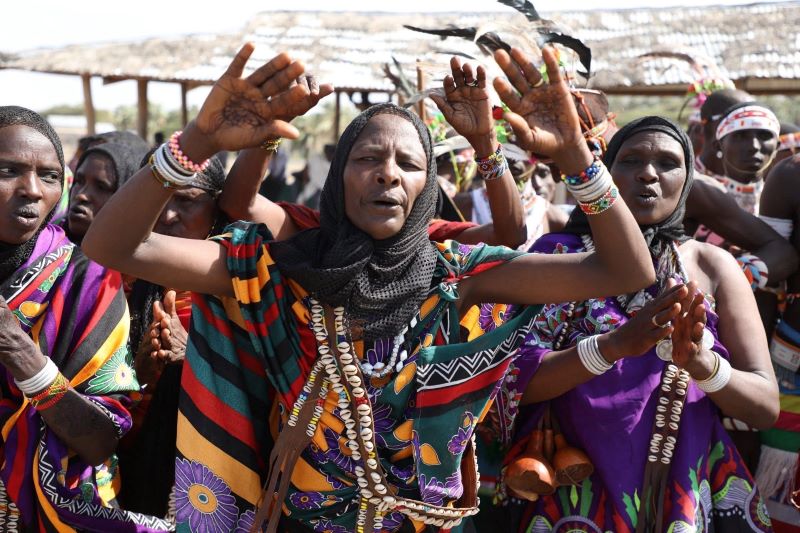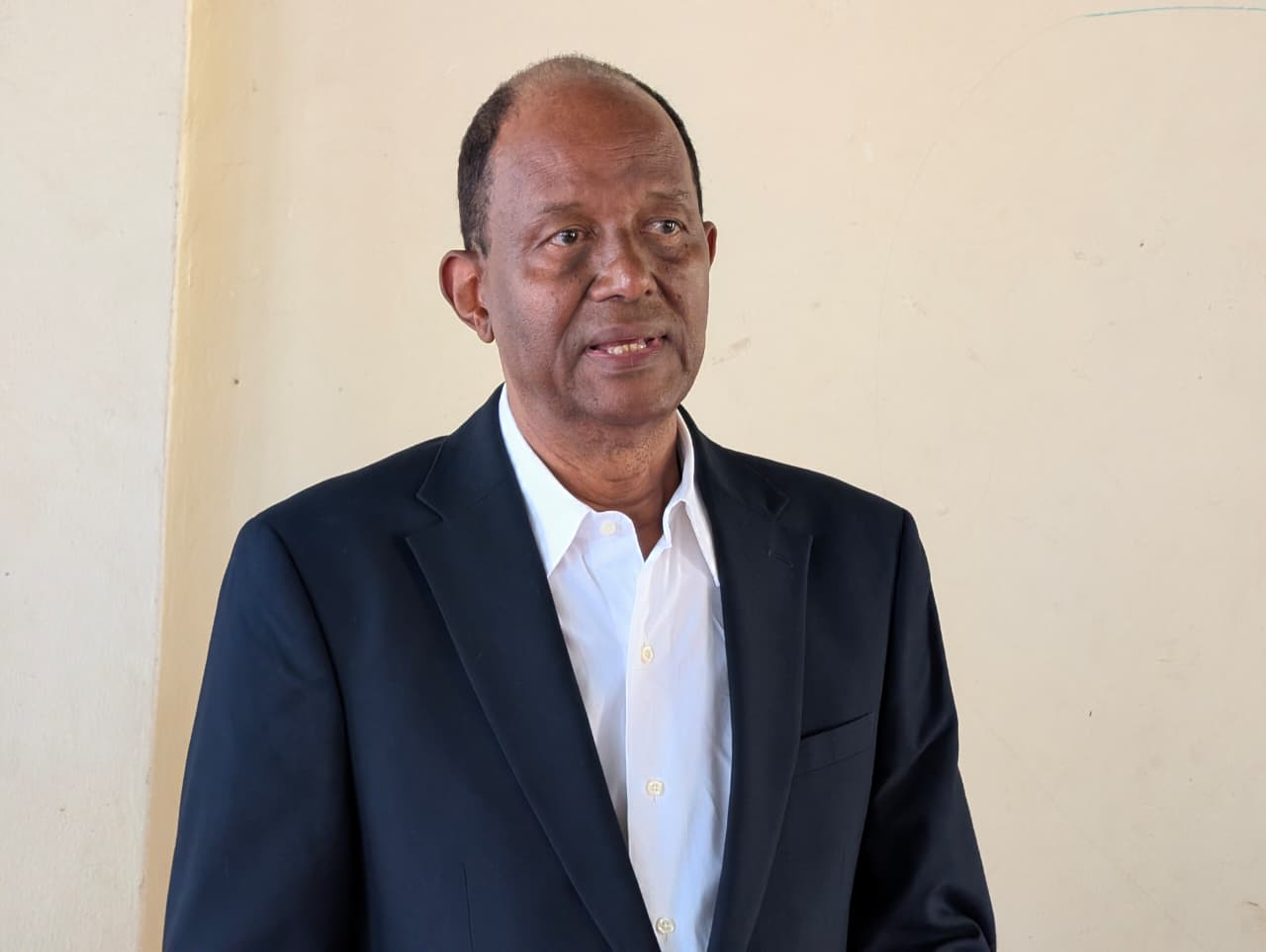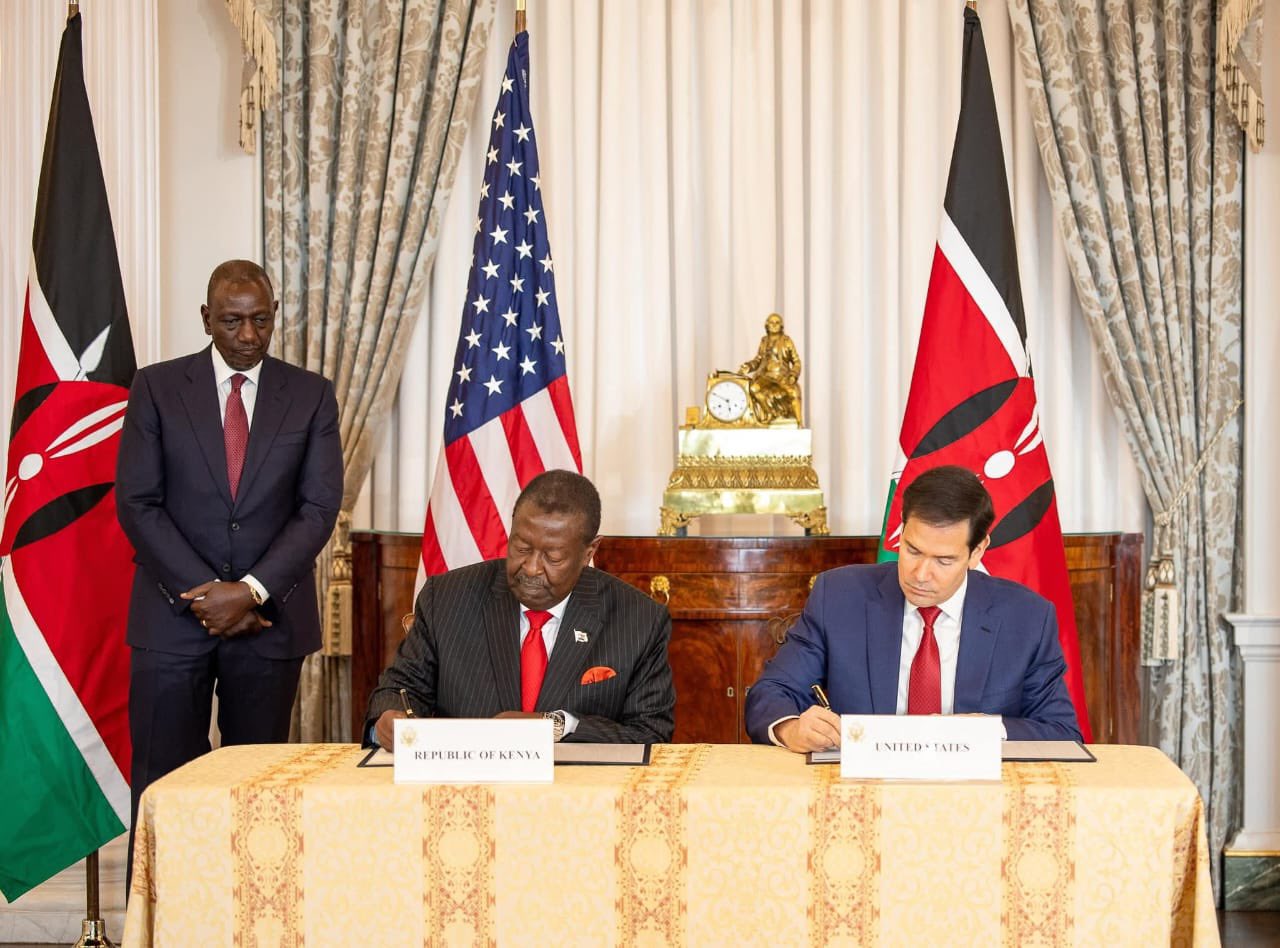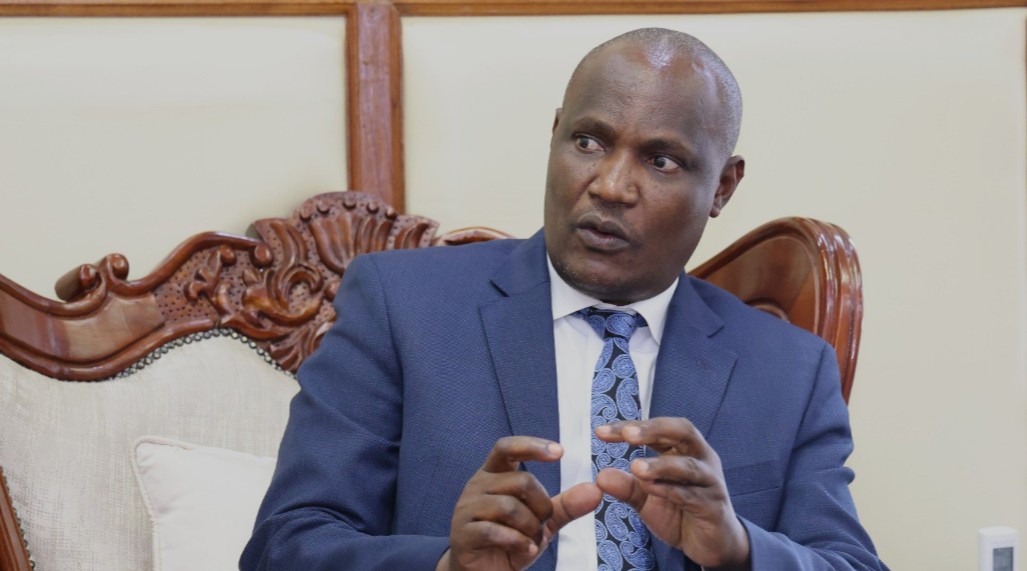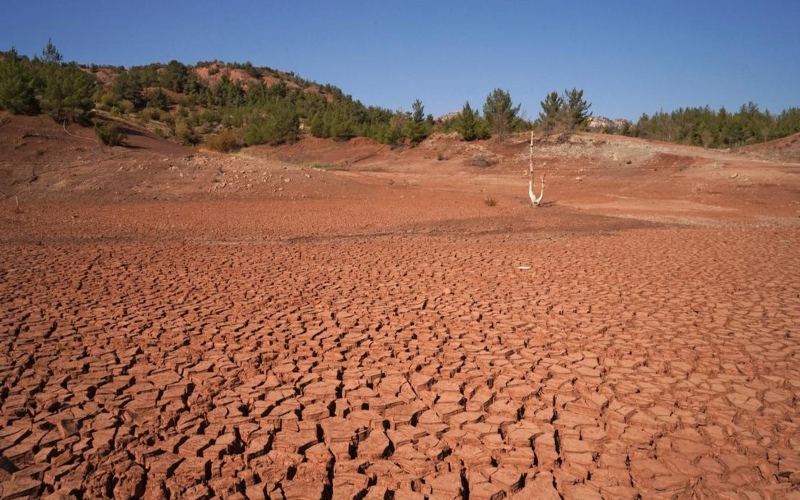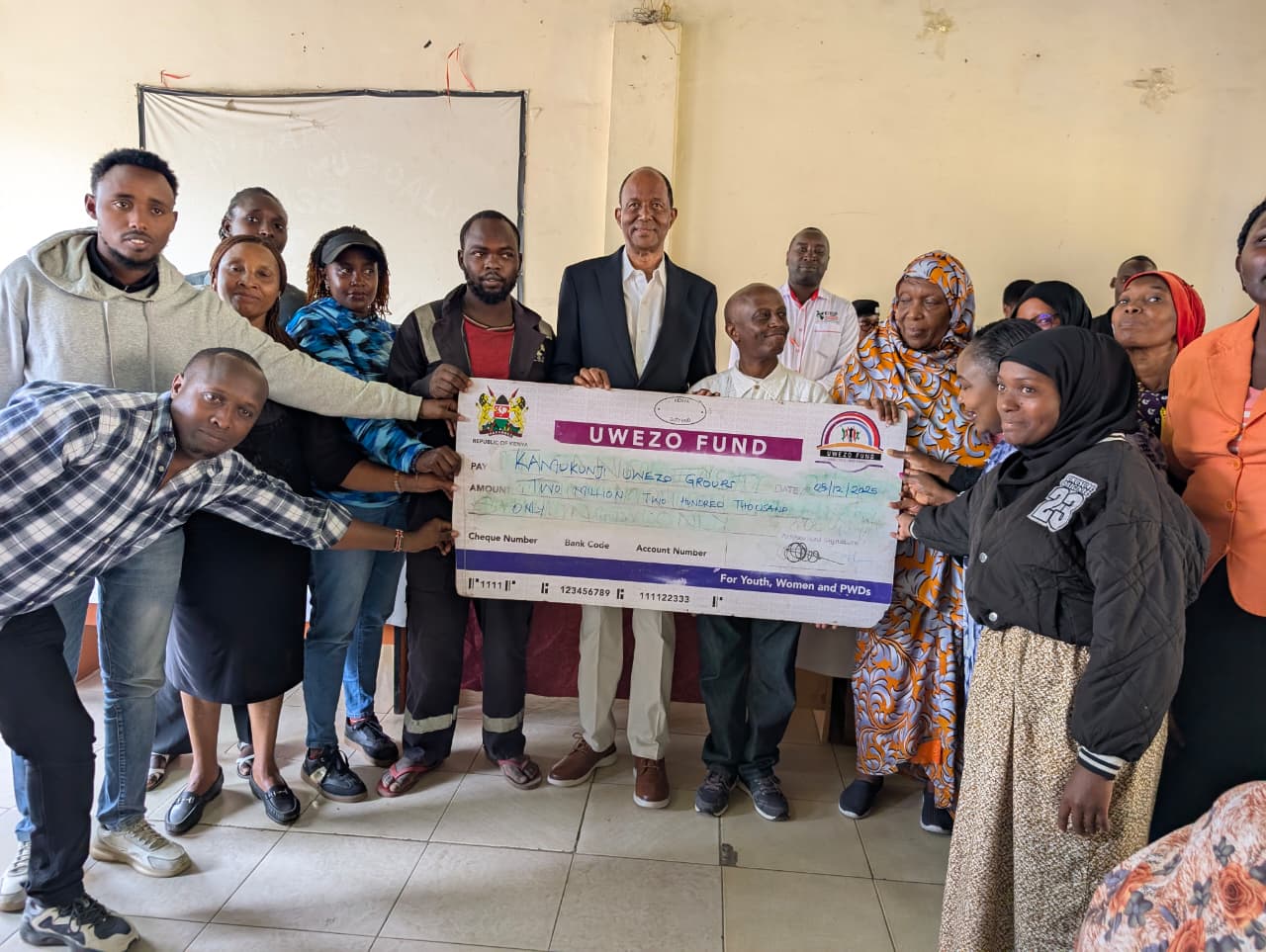World Bank downgrades Kenya's GDP growth to 4.5 per cent in June projection
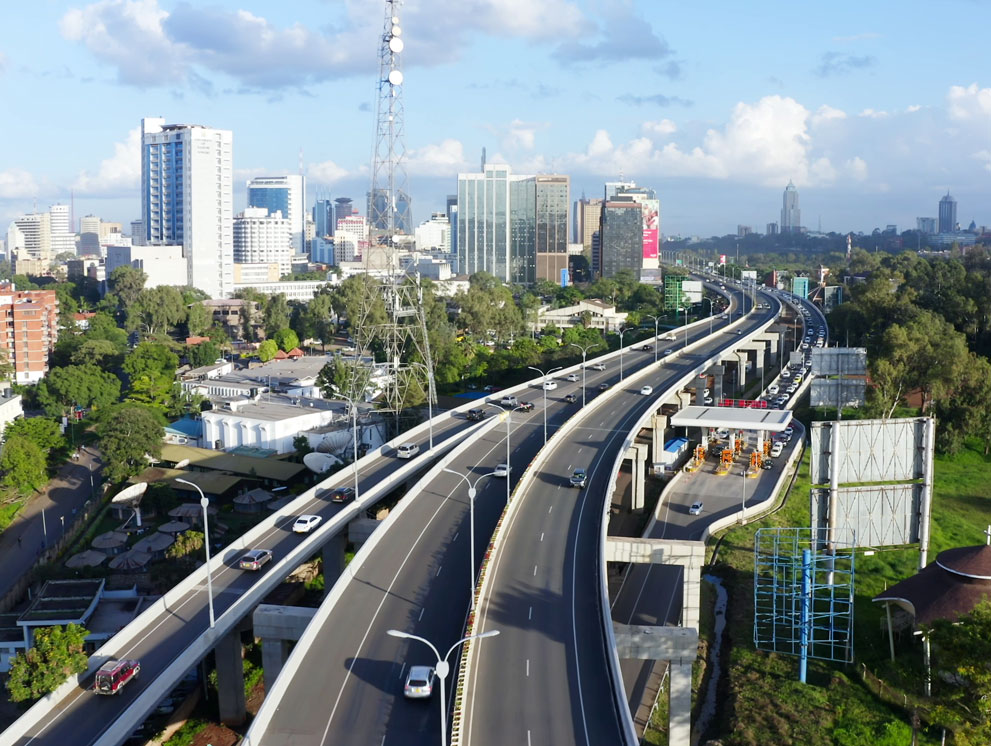
The projection also represents a significant cut from its earlier forecast of 5.0 per cent growth made in January.
The World Bank has downgraded Kenya’s GDP growth forecast for 2025 to 4.5 per cent, marking a decline from the 4.7 per cent growth recorded last year.
The projection also represents a significant cut from its earlier forecast of 5.0 per cent growth made in January.
More To Read
- Kenya ranked Africa’s most competitive economy in International Institute for Management Development 2025 Index
- Ruto: Under my reign the cost of living, inflation has gone down
- Kenya’s development agenda gets lift with UBA’s Sh19.4 billion infrastructure investment
- Ruto unveils Sh4 trillion development plan to propel Kenya to first-world status
- Construction sector seen as Kenya’s weakest job creator in 2025, CBK survey shows
- World Bank urges Kenya to raise excise taxes to clear Sh526 billion pending bills
The lender attributes the downward adjustment largely to persistent food inflation, which continues to exert pressure on household budgets and the broader economy.
“Food price inflation remains a challenge in many Sub-Saharan African economies,” the World Bank said in the June global economic prospects report.
“Droughts in Eastern Africa, especially in Kenya, Rwanda, and Uganda, have led to a sustained decline in agricultural conditions and crop yields, increasing pressure on food prices.”
Looking ahead, the lender forecasts Kenya’s economic growth to bounce back to 4.9 per cent in 2026.
However, this forecast remains 0.2 percentage points below the January projection for 2026, reflecting ongoing vulnerabilities in the economy.
Regionally, growth in Sub-Saharan Africa (SSA) is forecast to edge up from 3.5 per cent in 2024 to 3.7 per cent this year, and then average 4.2 per cent in 2026-27.
However, the forecast is generally considered weak.
“Growth this year and next is anticipated to be weaker than previously expected, owing to the deterioration in the external environment and domestic headwinds,” the lender said.
“Elevated government debt, still-high interest rates, and rising debt-servicing costs have narrowed fiscal space, prompting fiscal consolidation efforts in many countries, especially as financing needs remain high as international development assistance is cut back.”
Additionally, the World Bank says per capita income gains will remain inadequate to make significant progress in reducing extreme poverty in the region, which is home to most of the world’s poor.
Progress in these areas is likely to be impeded by the looming jobs challenge, which is expected to be the most acute in SSA relative to other regions.
This, as the pace of job creation is struggling to match the rapid expansion of working-age populations.
Risks to the region’s outlook remain tilted to the downside.
The more significant risks are the possibility of weaker external demand in response to heightened trade policy tensions and a sharper-than-expected slowdown in China.
Increased regional political instability also poses an important risk to the region’s growth outlook.
Nevertheless, the lender notes that rising sovereign spreads and the possibility of higher-for-longer global interest rates, along with further reductions in donor support, risk pushing even more SSA economies into government debt distress.
Globally, growth is said to be slowing due to a substantial rise in trade barriers and the pervasive effects of an uncertain global policy environment.
The GDP growth is expected to weaken to 2.3 per cent in 2025 from 2.8 per cent last year, with deceleration in most economies relative to last year.
This would mark the slowest rate of global growth since 2008, aside from outright global recessions.
In 2026-27, a tepid recovery is expected to be 2.4 per cent, leaving global output materially below January projections.
Top Stories Today
